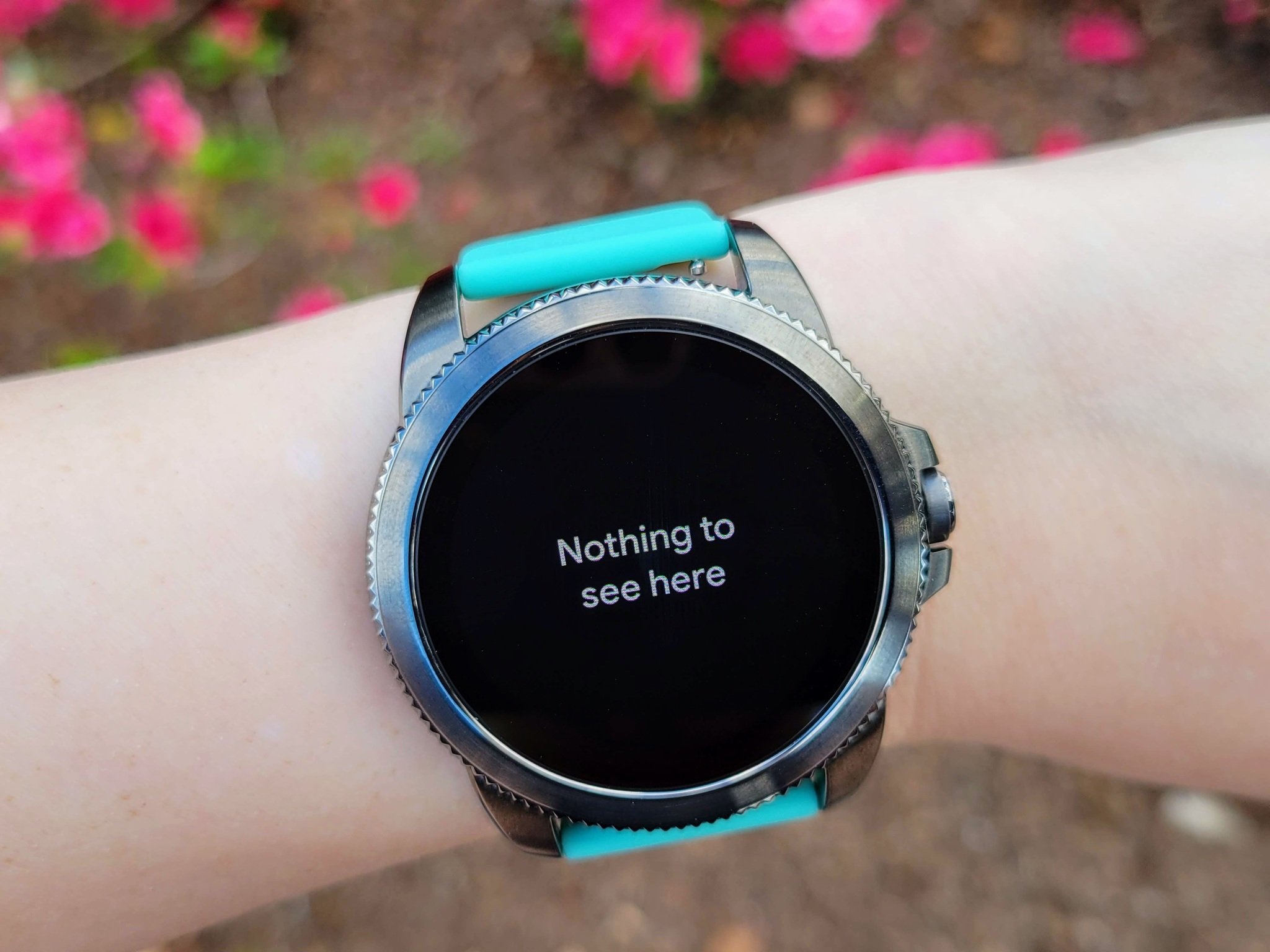The old Google Pay app is being prepped to die next week, at least in the U.S. Last month, Google sent out a notice to users of its payment app that it's killing off many of the features that allow it to function. While a select few features will remain — like contactless payments — the old Google Pay app as we know it is effectively dead as of April 5.
Google is shifting focus solely to the new, redesigned application, which first launched in India four years ago. That particular version of the app is now becoming the de-facto option globally, and we can walk you through how to download and set up the new Google Pay. Unfortunately, there's one glaring problem that the change might prompt, and that has to do with Wear OS. The new version of Google Pay brings welcome changes with a refreshed UI, but unfortunately, one of these changes has the potential to break the Wear OS app.
One of Google's changes with the new version is that the app is tied to your phone number and requires a pin authentication. This is different from the old app, which is tied to your Google account. This matters because while the old Google Pay app could be used on multiple devices simultaneously, you can only use the new one on one device at a time. If you try to sign in to the new Google Pay on a separate device, you'll get a notice telling you that the account is being used on another device and prompting you to switch accounts to continue using it.
This is problematic on one hand because this restriction means that the new Google Pay could end up being unusable on Wear OS. Ars Technica highlighted the problem with linking Google Pay to carrier phone numbers, and how this approach has failed with other apps like Google Allo. Not to mention the problems with using SMS-based authentication that our own Jerry Hildebrand points out.
 The old Google Pay app (left) is still the default when setting up the Wear OS app.
The old Google Pay app (left) is still the default when setting up the Wear OS app.
Another problem with this approach is that Google has not announced plans to replace the Google Pay app on Wear OS. The old app is no longer searchable on the Play Store, and Google could very well remove the app from Wear OS altogether.
This means that the best Wear OS watches like the Fossil Gen 5E could be left without an official payment application assuming Google doesn't completely kill the smartwatch app. And even if it doesn't, as it currently stands, setting up Google Pay on Wear OS still defaults to the old version, even if it's not downloaded on your smartphone, meaning there's still a disconnect between Wear OS and the new Google Pay app. Unfortunately, it wouldn't be the first time that Google has forced users onto a new service without providing the alternative on Wear OS.
When the Google Play Music app was discontinued last year, many users complained about the lack of a YouTube Music application for Wear OS. It seemed to prove that Google was not putting adequate effort into keeping its smartwatch platform alive with its own first-party software. Sure, there are other music apps, but Spotify doesn't seem to want to put much effort into its app, leaving Pandora as the only viable option for users with a subscription. Google is more or less repeating its mistakes by developing new apps without considering Wear OS.
Google Pay on Wear OS has apparently been broken in India for some time.
The effects of the new Google Pay app have already been felt in India. For a few years, Google operated the Tez payment app, which was then rolled into the new Google Pay, with visions of grandeur regarding the potential for a global launch of the new UI. The problem is that the system that the new app was built on did not allow Google Pay payments on Wear OS smartwatches, and years later, there still hasn't been a proper way to address this. And while some of it could just be regional, taking an app that was built for a country with this sort of limitation could introduce that same limitation to other regions. We've reached out to Google for a comment on its plans for Google Pay on Wear OS but unfortunately we have not yet heard back.
With the old Google Pay app effectively killed in the U.S. next week, the lack of a replacement app for Wear OS is concerning. The platform is already in a precarious situation. While the new Google Pay app is limited to a select few countries, there are plans for a wider rollout at some point, meaning more smartwatch owners could potentially lose access to mobile payments. Hopefully, it doesn't come to that, especially given recent investments to Wear OS like more available tools for third-party developers.
Google just needs to start building its own first-party apps to match the kind of functionality that users see on platforms like Apple's Watch OS 7. With any luck, the Samsung Galaxy Watch 4 will launch with Wear OS and Samsung's own payment app, but that could still leave other watch brands with no viable option.
Source: androidcentral

